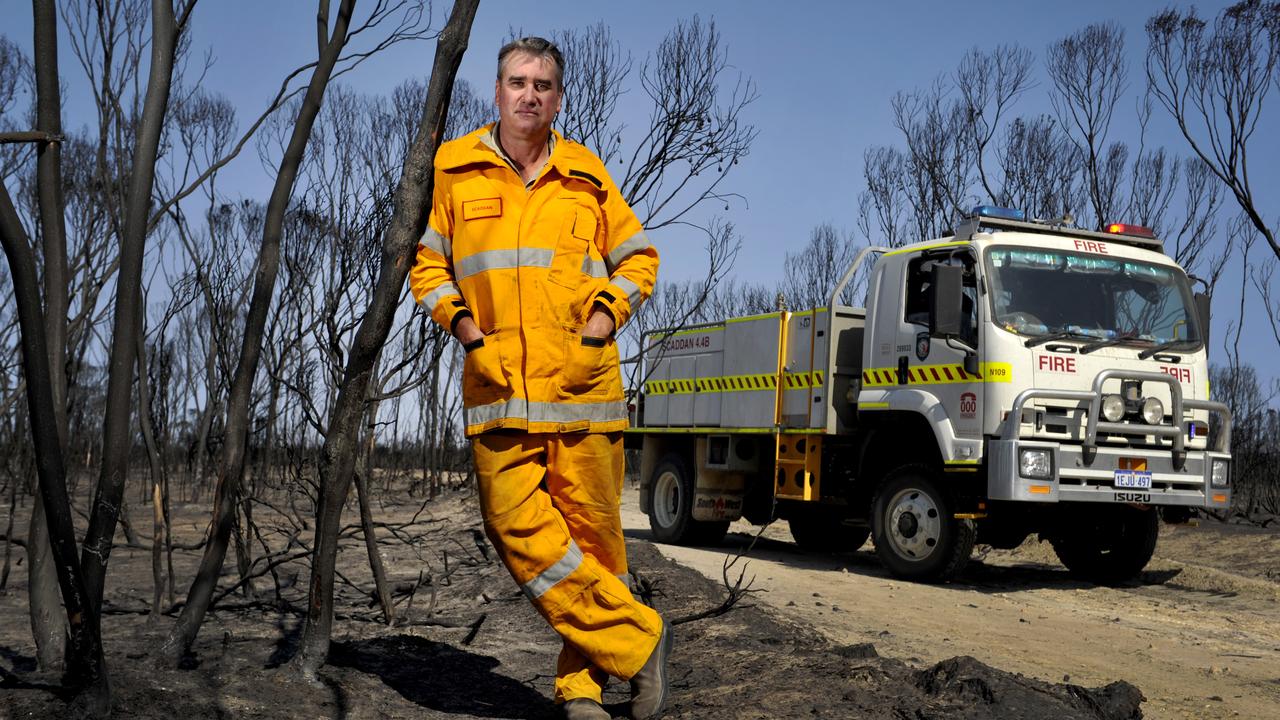Websites’ role in copycat suicides
CHILDREN are seeking suicide instructions online, a government agency has revealed.

CHILDREN are seeking suicide instructions online and a Facebook memorial page for a dead teenager has already triggered a copycat suicide, a government agency has revealed in a stark warning over use of social media.
The Commission for Children and Young People in Queensland says “several” teenagers have killed themselves after looking up instructions on the internet. One committed suicide after admiring the “large community response’’ on social media to the death of another teen, a stranger.
“This second young person made statements prior to their death of being amazed by the social status of the deceased following the suicide,’’ the commission states in a submission to a national review of child suicide.
“They attempted suicide and died a short time after the first death incident. There was evidence the second young person died with the expectation that they would also receive the same widespread response to their own death.’’
National Children’s Commissioner Megan Mitchell has told federal parliament that a child is lost to suicide every week, with another 50 to 60 admitted to hospital for self-harm.
The Queensland Commission for Children and Young People — a statutory body — told Ms Mitchell’s recent review that social media had amplified children’s exposure to suicide, undermining attempts to stifle coverage in mainstream media.
“There are pro-suicide forums with content that glorifies and normalises suicidal behaviours,’’ the submission states.
“These often cross over with euthanasia forums with messages that death is a relief from pain, that could easily be adopted by someone at risk of suicide.
“Through the commission’s child death reviews, there is evidence (that) several Queensland young people visited sites that provide information on suicide methods prior to their deaths.’’
The commission warns that while social media can be used to reduce the social stigma of mental illness and encourage people to seek help, “it may be increasing young people’s suicide risk due to increased contagion exposure’’.
Several online memorial sites for recent youth suicide deaths in Queensland had more than 2000 members — five times the number who would normally be exposed to a suicide death in the community. Most of them did not even know the person who had died.
“They often post statements like, ‘I have never met you but rest in peace’,’’ the submission states.
“By simply not wanting to be excluded from something garnering social attention, young people are actively engaging in activities that expose them to youth suicide, such as seeking out suicide tribute pages online.
“The fear of missing out and the status of participation outweigh any negative stigma in being associated with a suicide death.’’
The commission cites the case of a teenage girl who received 190 “likes’’ for posting her condolences on a memorial page for a young person she had not known. “It can be interpreted that there is clearly a social status in not only knowing a suicide occurred but even more so in contributing and participating in the shared grief,’’ the submission says. “There is a social reward for this behaviour.’’
The submission says SMS text messages and social media posts have largely replaced suicide notes for young people. “The intimacy of what was often communicated in suicide notes to close loved ones is now shared with friends, acquaintances and strangers,’’ it says.
One-third of the 187 children and young people who killed themselves in Queensland in the past 10 years knew someone else who had committed suicide.
“Many of these children and young people used the same method as those who suicided or attempted suicide before them,’’ the submission states.
The commission found that 43 per cent of the children and young people had consumed alcohol or drugs the day they died — and suggested that coroners might be under-reporting child suicide rates. “The commission has identified specific cases where coroners have found a death not to be a suicide due to the presence of alcohol and/or other drugs even though the young person’s intent to suicide was clear,’’ it says.
Kids Helpline: 1800 55 1800, www.kidshelp.com.au Lifeline: 13 11 14




To join the conversation, please log in. Don't have an account? Register
Join the conversation, you are commenting as Logout